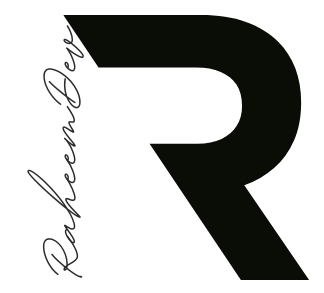Introduction to Flutter TabBar
The Flutter TabBar is a powerful widget for creating tabbed navigation in your mobile app. It allows users to switch between different views or sections seamlessly. Whether you’re building a news app, e-commerce platform, or social media app, the TabBar is a go-to solution for organizing content. In this beginner’s guide, we’ll walk you through creating a basic TabBar in Flutter, complete with code examples and explanations.
Why Use a TabBar in Flutter?
- User-Friendly Navigation: Tabs make it easy for users to explore different sections.
- Customizable Design: Flutter’s TabBar supports icons, labels, and custom styles.
- Cross-Platform: Works seamlessly on iOS and Android.
Prerequisites
Before diving in, ensure you have:
- Flutter SDK installed.
- A basic understanding of Dart and Flutter widgets.
- A code editor like VS Code or Android Studio.
Step-by-Step Guide to Creating a TabBar
Let’s create a simple Flutter app with a TabBar containing three tabs: Home, Profile, and Settings.
1. Set Up Your Flutter Project
Create a new Flutter project:
flutter create tabbar_example
cd tabbar_exampleOpen lib/main.dart and replace its content with the code below.
2. Create the TabBar Scaffold
The TabBar is typically placed in the AppBar’s bottom property, and the TabBarView displays the content for each tab. Here’s the complete code:
import 'package:flutter/material.dart';
void main() {
runApp(MyApp());
}
class MyApp extends StatelessWidget {
@override
Widget build(BuildContext context) {
return MaterialApp(
home: TabBarDemo(),
);
}
}
class TabBarDemo extends StatelessWidget {
@override
Widget build(BuildContext context) {
return DefaultTabController(
length: 3, // Number of tabs
child: Scaffold(
appBar: AppBar(
title: Text('Flutter TabBar Example'),
bottom: TabBar(
tabs: [
Tab(icon: Icon(Icons.home), text: 'Home'),
Tab(icon: Icon(Icons.person), text: 'Profile'),
Tab(icon: Icon(Icons.settings), text: 'Settings'),
],
),
),
body: TabBarView(
children: [
Center(child: Text('Home Page')),
Center(child: Text('Profile Page')),
Center(child: Text('Settings Page')),
],
),
),
);
}
}3. Explanation of the Code
- DefaultTabController: Manages the state of the tabs. The
lengthproperty specifies the number of tabs. - TabBar: Defines the tabs, each with an optional
iconandtext. - TabBarView: Contains the content for each tab. The number of children must match the number of tabs.
- Scaffold: Provides the app structure, with the TabBar in the
AppBarand content in thebody.
4. Run the App
Run your app using:
flutter runYou’ll see a TabBar with three tabs at the top. Tapping each tab switches the content below.
Customizing the TabBar
To make the TabBar visually appealing, you can customize its appearance:
- Change TabBar Colors:
TabBar( labelColor: Colors.blue, unselectedLabelColor: Colors.grey, indicatorColor: Colors.blue, tabs: [...], ) - Add Scrollable Tabs:
If you have many tabs, make the TabBar scrollable:TabBar( isScrollable: true, tabs: [...], )
Common Issues and Fixes
- TabBarView Children Mismatch: Ensure the number of
TabBarViewchildren matches theTabBar’slength. - No DefaultTabController: Always wrap your
Scaffoldin aDefaultTabController.
Conclusion
Congratulations! You’ve built a basic TabBar in Flutter. This is a great starting point for creating tabbed interfaces in your apps. In the next article, we’ll explore intermediate TabBar features, such as custom TabControllers and dynamic tabs.
Keywords:
Meta Description: Learn how to implement a TabBar in Flutter with this step-by-step beginner’s guide. Create a tabbed interface with TabBar, TabBarView, and DefaultTabController.



